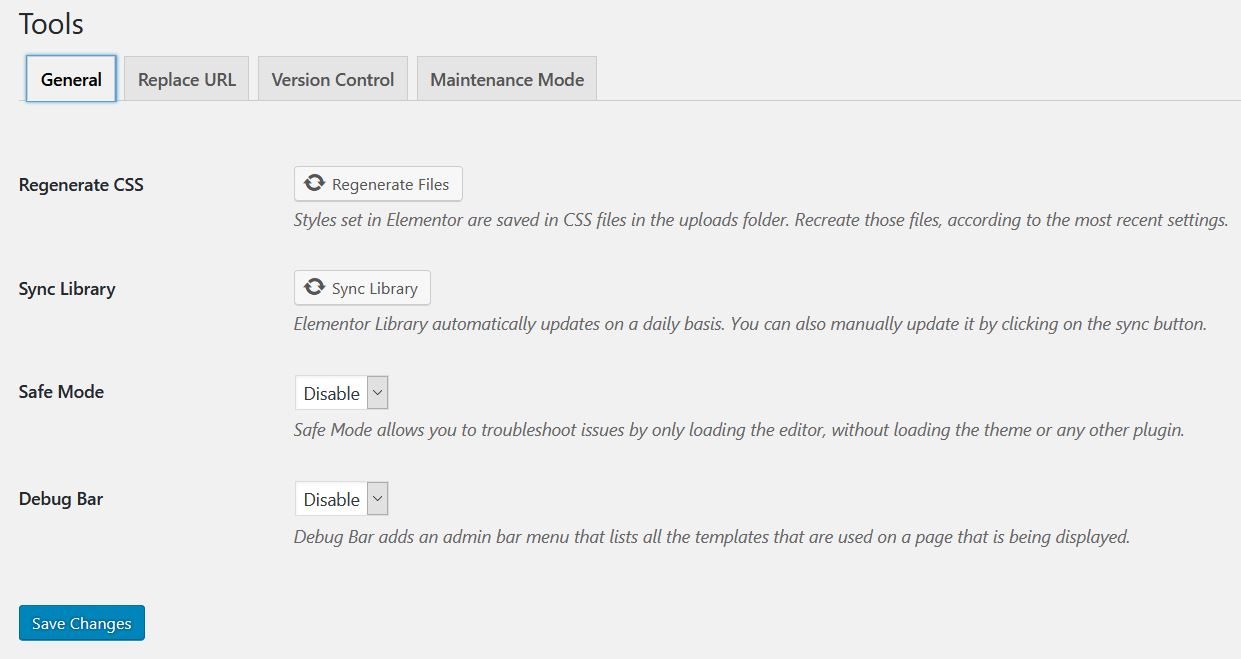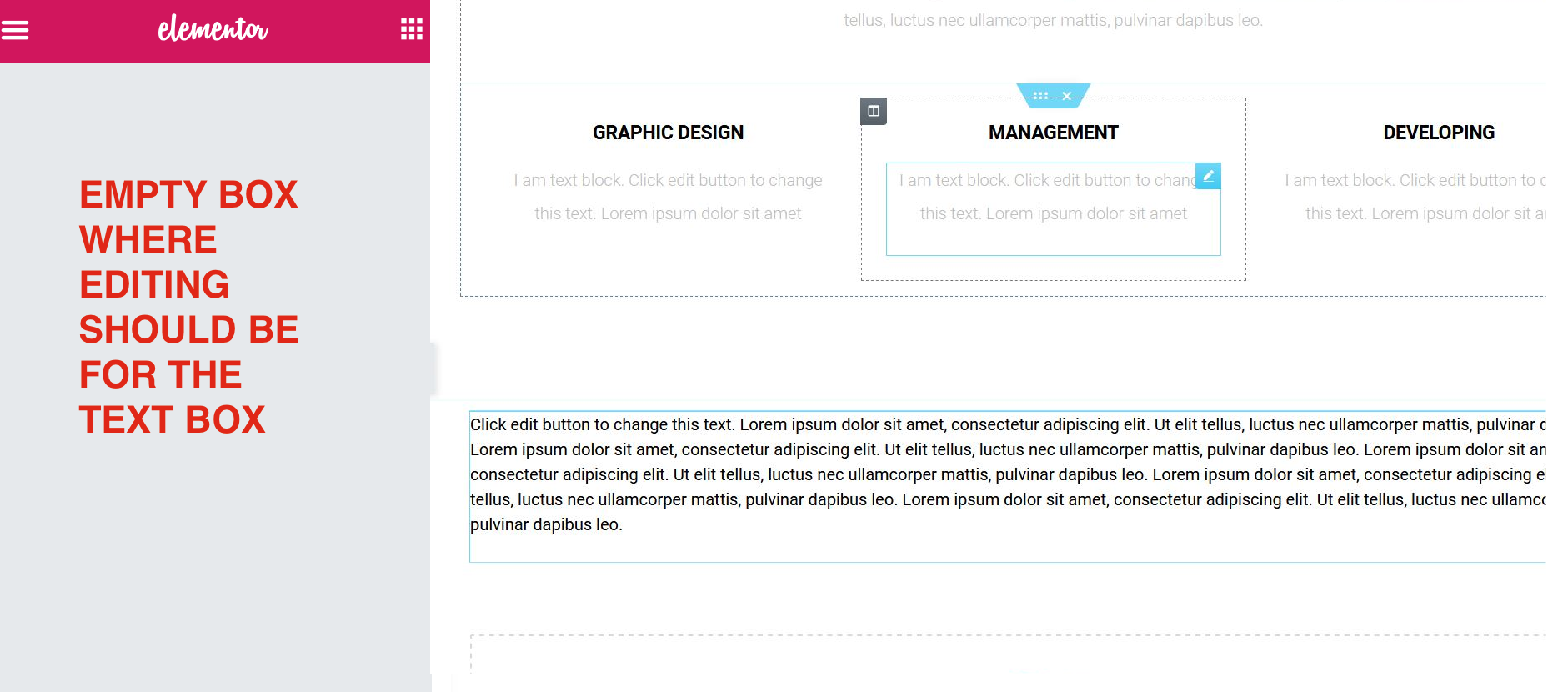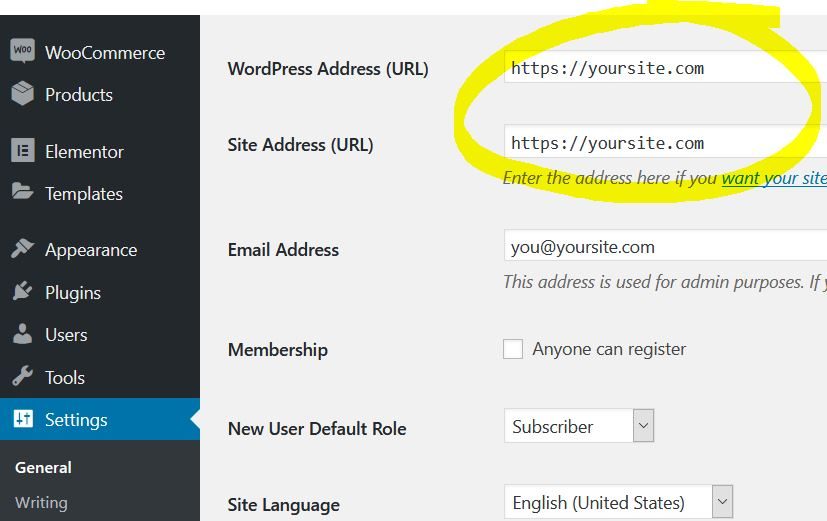Contents
Related Posts
When migrating pages built with Elementor, there are a few things to keep in mind.
What is the best way to migrate my site?
If you haven't migrated your site yet and are ready to go, we have a good guide to follow. Click this link to get started:
How to migrate your WordPress site with Elementor
I have already migrated my site, but something is wrong!
If you've already migrated your site, but see some outstanding issues, start here:
After migrating
Use the Replace URL tool:
Now, you should use the Replace URL tool to ensure that all instances of the URL have been replaced. Even if you think your plugin has already done this, some instances may have been missed as Elementor stores some of them in files instead of the database.
- Go Elementor> Tools> Replace URL
- Enter your old and new URLs

After migration, you need to rebuild the CSS. It will clear the CSS and then the cache will be generated one more time. Sometimes you will have to clear caching layers (server cache, plugin cache) since caching software can prevent Elementor from rewriting CSS files.
- Go Elementor> Tools> Regenerate CSS
Additional troubleshooting
- Background Image Migration: Background images are saved in a CSS file that has an absolute URL. To avoid migration issues with background images without writing a script, you can define the CSS printing method to be online instead of using external files, if you like. This can be done by going to Elementor> Settings> Advanced> CSS printing method> Internal embedding> CSS printing method: online, in your WP dashboard.
- If you find that you are getting mixed media errors after a migration from http: // for https: //, or if you are missing images and other assets when viewing the new site, follow the AFTER MIGRATING previous steps.
- If you use the Text editor widget after migrating, and you discover that your editor panel is dimmedThis is because the new website URL has an additional character, such as a space, within it. To solve this problem, go to Settings> General in WordPress admin and type the correct url in settings there. (The extra character may not be visible, so remove the entire URL and retype manually.)
I want to write my own code to migrate. Any advice for me?
Use programmatic migration
Override URL behavior:
If you are writing your own code to migrate programmatically, you will need to be aware that the add_post_meta from Elementor remove JSON escape strings with the wp_unslash WP function.
To avoid database search and replace problems, you can mimic the replacement code URL tool from Elementor (find the code located at wp-content> Elementor> Includes> Utils):
WP CLI:
You can also use the WP CLI to migrate your websites. For more information on commands, see our WP CLI integration.
Contents
Toggle






